October 2022 - Update
Director ID Requirement
Australian company directors are required to verify their identity with the Australian Business Registry Service and obtain a Director ID by 30
November 2022.
If you are a director of an Australian company and have not yet obtained a director ID, please complete the identification requirements through MyGovID or over the Phone.
MyGovID is an application designed to allow users to authenticate with the Australian Government websites and services and was developed by the Australian Tax Office (ATO) and the Digital Transformation Agency (DTA).
The identification process requires you to verify your identity using a combination of identification documents and existing ATO held information.
Phone - If you are unable to obtain a MyGovID, you can complete your Director ID application over the phone by calling the Australian Business Registry Services on 13 62 50.
Once you have completed your Director ID process, and you have been issued with a Director ID, please provide the ID to us by replying to this email or by emailing admin@crawfordaccountants.com.au.
'Talking tax' with new workers
New employees can complete a TFN declaration through ATO online services, and this is an easy way for them to provide both their employer and the ATO with the information needed.
If a new employee has a myGov account linked to the ATO, they can:
- access ATO online services;
- go to the ‘Employment’ menu; and
- select ‘New employment’ and complete the form.
This sends the TFN declaration details straight to the ATO, so the employer doesn't have to.
Employees will need their employer's ABN to complete the form and, once they’ve submitted it, they need to print it and give their employer the summary of their tax details so the employer can input the data into their system.
If an employer's payroll software can link to the online commencement forms, it will automatically receive any new employees' information from the ATO, saving them time spent otherwise entering the information manually.
Employers can also use the New employment form to collect a range of information contained in other forms, and employees can use it to authorise variations to the amount to be withheld from their pay for tax or the Medicare levy, or to advise of their choice of super fund.
They can also use it to update their tax circumstances with their employer; for example, if their residency status has changed or they are claiming the tax-free threshold from a different employer.
However, employers can continue to use their current processes when preferred, including providing a paper TFN declaration where employees can't create a myGov account or don’t have access to the internet.
How the myGov update affects taxpayers
When signed in to myGov, you might receive notifications through ‘Payments and claims’ from other government services, such as Centrelink.
However, the ATO has stated that they will not communicate using this feature. Instead, the ATO will continue to send messages to the myGov Inbox, and to tax agents on behalf of the clients, if that’s their communication preference.
Therefore, you don’t need to do anything different, and can still:
- find myGov at the same website address (i.e., my.gov.au);
- sign in using their current sign-in details; and
- have access to all their linked services, including the ATO.
Input tax credits denied due to lodging BASs late
The AAT has held that a partnership’s entitlement to $16,361 of input tax credits claimed for the quarterly periods of 1 July 2012 to 31 March 2017 had ceased by the time the associated BASs were lodged with the ATO on 21 June 2021, and therefore the ATO did not pay the taxpayer a refund.
The operation of the GST Act means that, unless an extension of time to lodge a BAS has been granted prior to the expiry of 4 years after the day on which it was required to be given to the ATO, the entitlement to input tax credits immediately ceases.
Valuing fund assets for an SMSF's annual return
One of the responsibilities of trustees of an SMSF is valuing the fund's assets at market value.
This must be done every income year, to comply with super laws.
The market value of an asset is the amount someone could be reasonably expected to pay if the asset was for sale.
Each year, the asset valuations will be reviewed by the fund's auditor as part of the annual audit prior to lodgment of the SMSF's tax return. The auditor will check that assets have been valued correctly, and assess and document whether the basis for the valuation is appropriate given the nature of the asset.
Trustees are reminded to get their valuations done before they go to the auditor, as this will streamline the process and avoid delays. The trustees' must also provide objective and supportable evidence to the auditor for the valuation of the fund's assets, including all relevant documents.
Failure to do so could result in a delay in auditing the fund and potential late lodgment of the fund's annual return and could also result in a contravention if the auditor believes mistakes have been made.
Super guarantee contributions due date for September 2022 quarter
The due date for employers to make super guarantee contributions for their employees for the September 2022 quarter is 28 October 2022. We remind the payment to be made at least 7 days in advance for the clearing house to deposit funds on time.
Varying PAYG instalments
Taxpayers can vary their PAYG instalments if they think the amount they pay now will be more or less than their expected tax liability for the year, by lodging a variation through myGov or Online services for business or by simply contacting us.
Instalments for those who are PAYG instalment payers have been increased by the GDP adjustment factor of 2% for the 2022/23 income year.
The information provided in this update is general in nature and if you have any queries of require further information or assistance with the above, please contact our office.
Crawford News






